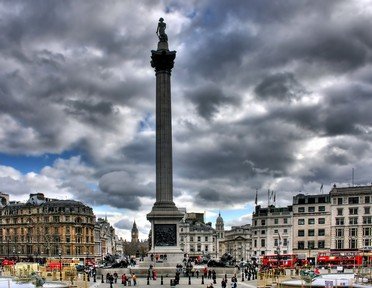
Tales of the Abbey Trivia Quiz
Westminster Abbey had been the site of the English monarch's coronation since 1066, but did you know that the Abbey also is one of the most prestigious places to be buried in the UK? See if you can identify these people interred there prior to 1700.
A matching quiz
by ponycargirl.
Estimated time: 3 mins.
- Home
- »
- Quizzes
- »
- People Trivia
- »
- U.K. People
- »
- England